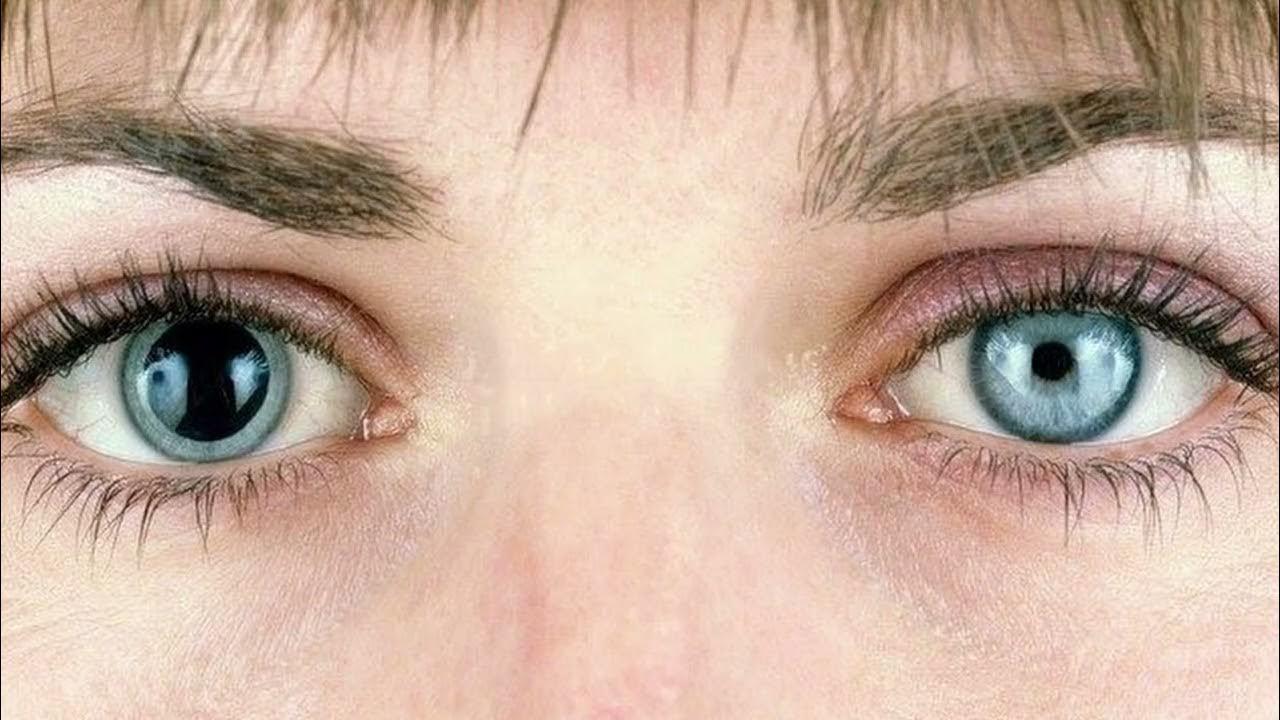The human pupil is more than just a gateway for light—it’s a window into your neurological health. Brain disorders can have a direct impact on pupil size, particularly causing constriction, a condition known as miosis. This article explores how and why certain brain conditions may trigger this change, and what it could mean for your overall well-being.
Understanding the Basics of Pupil Function
Pupils constrict or dilate based on how your body reacts to light, emotions, or chemical changes. The autonomic nervous system, particularly the parasympathetic and sympathetic pathways, controls this process. Constriction occurs when the circular muscles in the iris contract. This is a natural reaction in bright light, but when pupils remain small regardless of lighting, it may signal a deeper neurological issue.
Before diving into brain disorders, many people ask: What causes constricted pupils? The answer isn’t always straightforward. While environmental factors and medications can play a role, brain health is a significant and often overlooked contributor.
Brainstem Lesions and Pupil Constriction
The brainstem houses the oculomotor nerve (cranial nerve III), which directly influences the muscles controlling pupil size. Damage to this nerve—due to a stroke, trauma, or tumor—can disrupt the normal balance between dilation and constriction. As a result, one or both pupils may become abnormally small.
In some cases, pons lesions specifically lead to bilateral miosis. Because the pons regulates autonomic functions, including eye response, any damage here can result in sustained pupil constriction without any external light changes.
Horner’s Syndrome: A Closer Look
Another brain-related condition that may explain what causes constricted pupils is Horner’s syndrome. This rare disorder affects the sympathetic nerve pathway from the brain to the eye and face. Common causes include brainstem strokes, tumors in the chest or neck, and spinal cord injuries.
Horner’s syndrome typically causes a triad of symptoms: ptosis (drooping eyelid), anhidrosis (lack of sweating), and miosis (constricted pupil). The affected pupil reacts slowly to light and may appear smaller than the other, especially in dim environments.
Neurodegenerative Diseases and Pupil Response
Certain neurodegenerative diseases, such as Parkinson’s disease, multiple system atrophy, and Alzheimer’s disease, can also interfere with normal pupil function. These conditions gradually damage the brain and its ability to regulate involuntary processes, including pupil size.
Patients with Parkinson’s disease, for example, may show a reduced pupillary light reflex, leading to persistent miosis. Though not as commonly recognized as tremors or motor issues, abnormal pupil behavior can be a subtle clue to underlying brain degeneration.
So, if you're wondering again, what causes constricted pupils?, it’s essential to consider long-term neurological conditions, not just immediate injuries or medication effects.
Traumatic Brain Injury (TBI) and Pupillary Changes
Traumatic brain injury (TBI) can dramatically affect the way your pupils respond. If the injury impacts parts of the brain responsible for autonomic control, it may result in anisocoria (unequal pupil size) or bilateral miosis. These signs are crucial for emergency healthcare providers when assessing the severity of head trauma.
In particular, constricted pupils after a head injury could indicate pressure or bleeding within the brain affecting the parasympathetic system. This is why medical professionals often shine a flashlight into a patient’s eyes during neurological exams—it reveals how the brain is functioning in real-time.
Brain Tumors and Pressure on the Optic Pathway
Brain tumors can exert pressure on specific areas of the brain that control pupil function. When a tumor compresses the midbrain or optic tract, it may cause the pupils to remain constricted. This symptom is especially concerning if it's accompanied by vision loss, nausea, or headaches.
If you or someone you know experiences unexplained changes in pupil size, it's worth asking: What causes constricted pupils? In rare but serious cases, a growing mass in the brain could be silently disrupting critical pathways before other symptoms appear.
When to See a Neurologist
While occasional changes in pupil size are normal, consistent or sudden-onset miosis—especially when accompanied by other neurological signs—warrants professional attention. A neurologist can perform tests like brain imaging (MRI, CT scan) and a full neurological exam to determine the root cause.
Remember, asking what causes constricted pupils? can lead you down multiple paths, from benign to severe. Brain disorders are one such path that deserves immediate and thorough evaluation.
Final Thoughts
Pupil constriction isn’t just an eye issue—it’s often a sign of what’s happening deeper in the brain. From lesions and syndromes to degenerative diseases and injuries, many brain disorders may disrupt normal pupil response. Understanding this connection could be the key to early diagnosis and timely intervention.
So, the next time you find yourself asking what causes constricted pupils?, don’t just think about light or medications. Think brain health. A small change in your pupils could be a big clue from your nervous system.
